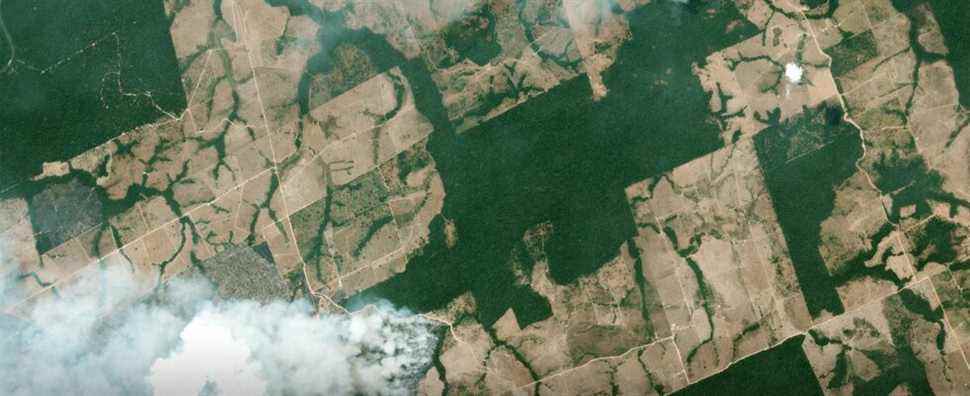British and German researchers have combed through satellite images of the Amazon rainforest over the past 25 years. With mathematical models, they analyzed the living mass of this tropical forest: the humidity on the ground, the state of the leaves at the top of the trees, their color, their density, etc. So much information that gives an idea of its photosynthesis activity and the overall health of this lung of the world.
Unfortunately, researchers have found that the resilience of the Amazon rainforest, in other words its ability to regenerate after episodes of drought or fire, is declining over three quarters of its surface. While some models estimated that the Amazonian forest could wither from 2050 or 2060, according to them the beginning of the process of transformation into savannah could occur much earlier. This work has just been published in the journal Nature Climate Change.
The Amazon rainforest is in bad shape sooner than expected due to the cumulative effect of global warming and deforestation. Forest fires, the square kilometers cleared to make way for herds of cattle or roads weaken the ability of the forest to maintain itself and regulate its humidity in particular. The study cannot predict the date of this tipping point, but when the beginning of the transformation is detected, it will already be too late to stop it, believe these researchers.
In a few decades the largest tropical forest in the world could be transformed into an immense dry prairie. This would have very serious consequences, on a global scale with some 90 billion tonnes of CO2 released into the atmosphere, ie twice the current annual global emissions. This would accentuate the warming. The rain cycle would also be disrupted, with consequences for agricultural production on the South American continent.
It would then be very complicated, if not impossible, to go back. Hence the urgency to act. Remember that because of deforestation, the Amazonian forest lost another 13,200 square km last year, this is more than the area of Île-de-France, and this is unheard of in 15 years. .
